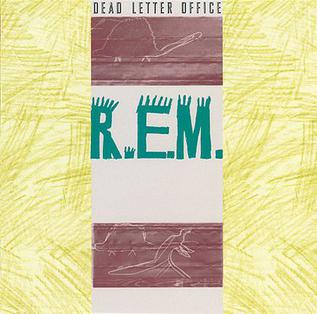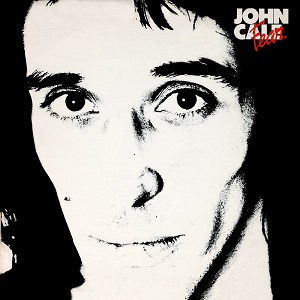Their determination is established on “Finest Worksong”, which manages to rock on a single chord for most of the verses. Then it’s a dip into politics for “Welcome To The Occupation”, which likely escaped understanding even more than “Exhuming McCarthy”, complete with the legendary testimony mixed into the bridge. “Disturbance At The Heron House” isn’t the first song to compare humans to animals. A little comic relief comes on a cover of Wire’s “Strange”, another song that could be one of their own. The album’s most unlikely hit remains “It’s The End Of The World As We Know It (And I Feel Fine)”, still a great title and a great performance.
Then again, “The One I Love” shouldn’t have been as successful as it was, given to its repetition and easily confused sentiment. “Fireplace” is an off-kilter waltz, but not as jarring as “Lightnin’ Hopkins”, which could be described as U2’s October filtered through Georgia. “King Of Birds”, lush with exotic acoustic touches, is a lovely song, before the feedback and doom of “Oddfellows Local 151”, which gives Stipe another reason to work “fire” into a lyric.
Document doesn’t sound as unique today, given its familiarity and rash of imitators. In many ways, this is where some of their fickle fans began to think of them as sellouts. (They were still great in concert, as demonstrated by the Dutch performance included in the 25th Anniversary package, pointedly devoid of any heretofore-unrecorded songs or covers, despite “So. Central Rain” having previously been included in the “Time After Time Etc.” medley on a few compilations.) But it’s easy to be spoiled when your favorite band puts out an album every year. All these years later, with plenty of hindsight, it truly does evoke the fall of ’87, as the psychedelic nostalgia of the summer gave way to nervousness about the Reagan administration. For all of its volume, its anger is filtered through its weirdness.
R.E.M. Document (1987)—3½
2012 25th Anniversary Edition: same as 1987, plus 20 extra tracks











